Easter Island, or Rapa Nui as it’s known to its native inhabitants, stands adorned with 887 Moai statues—magnificent works of art sculpted by the Rapa Nui people, the island’s original settlers dating back to 300-400 AD. Crafted between 1250 and 1500, these statues found their genesis in what is believed to be the landing site of the island’s first paramount chief, Hoto-Matua, at a place now known as Aneka. This region, nestled amid the rugged landscape of Easter Island, boasts one of the island’s scarce beaches.
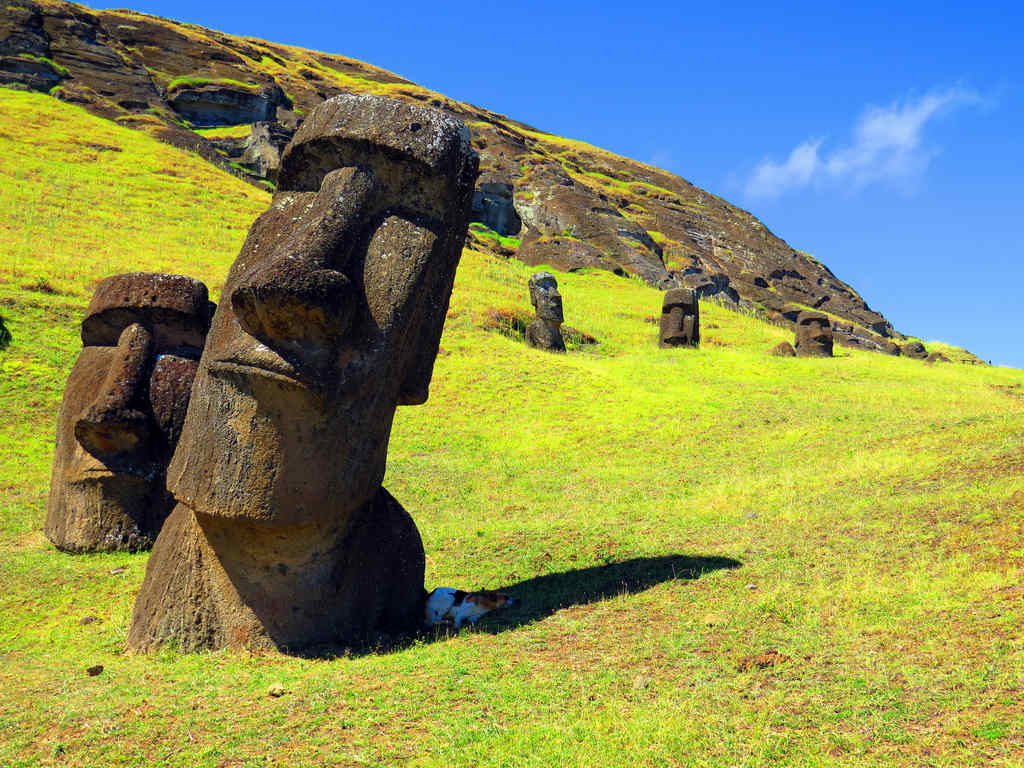
Throughout the ages, one enigma has puzzled scientists and historians alike: Why did the Rapa Nui people carve these colossal Moai statues, and how did they transport these mammoth figures across the island?
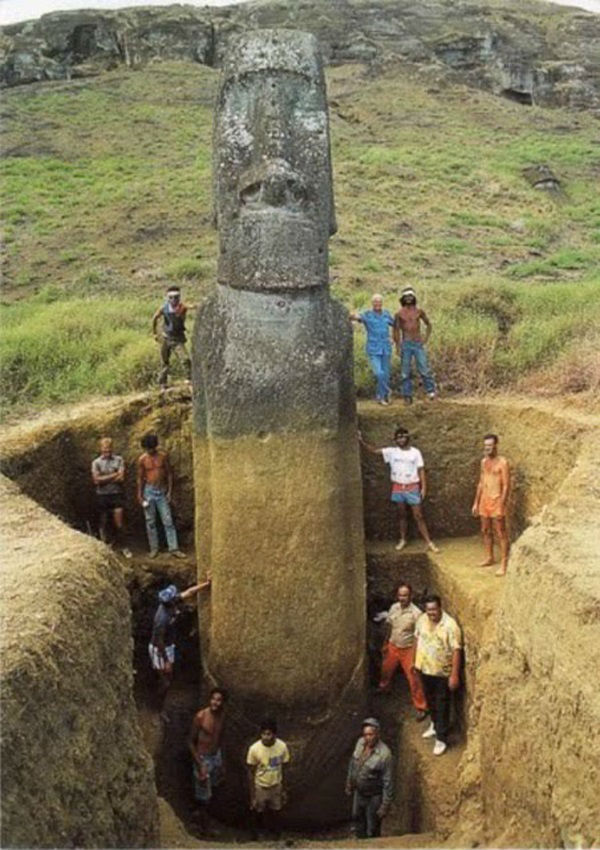
For years, prevailing wisdom suggested that the Moai statues were simple head-and-torso structures protruding from the earth. However, a recent discovery has upended this notion, revealing that what lies beneath the ground surrounding these statues far exceeds what meets the eye. According to Architecturendesign, a significant portion of the statues’ bodies lies buried beneath the earth’s surface, embellished with intricate rock carvings or petroglyphs. Studies indicate that these Moai statues weigh up to 75 tons and stand around 10 meters tall, with outliers reaching a staggering 270 tons and towering at 21 meters. The long-standing mysteries surrounding the Easter Island statues might finally unravel through the deciphering of these petroglyphs adorning the statues’ bodies.
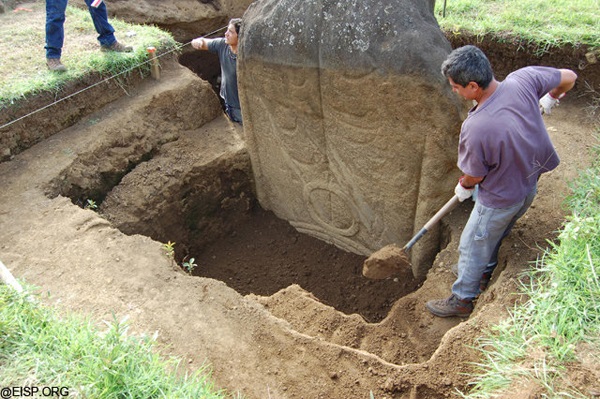
Moreover, etched onto the Moai torsos are carvings depicting ancient Polynesian motifs—circular whirls and intricate knot-like designs—presumed to symbolize the local Polynesian people’s canoes. However, this remains a hypothesis. Scholars have speculated that these figures might represent ancestors or influential leaders of the Rapa Nui tribe—the first inhabitants to set foot on Easter Island. Alternatively, some theories posit that these statues signify the sun and the rainbow.
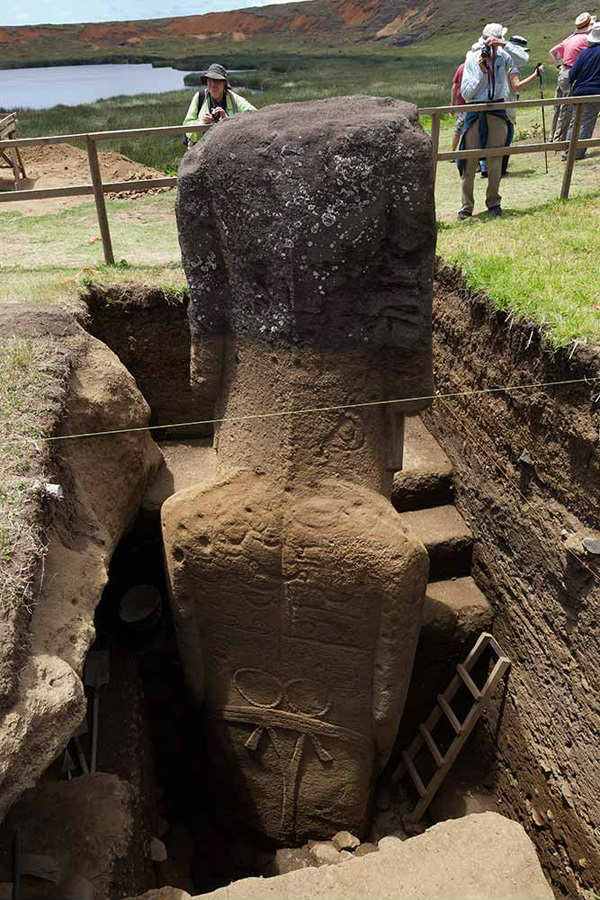
Excavations beneath the statues’ bodies have revealed the bones of fish, particularly that of the tuna, leading to a supposition that the statues embodied a plea for sustenance in the form of fish and mollusks for the islanders. Easter Island, also known as Rapa Nui, lies approximately 3,700 kilometers off the coast of Chile. It stands as one of the world’s most enigmatic places, adorned with these stone figures called Moai. Discovered by the Dutch explorer and naval officer Jacob Roggeveen in 1772, Easter Island’s unveiling coincided with Easter Sunday. These stone figures were once believed to be emblems of a civilization forgotten in time.
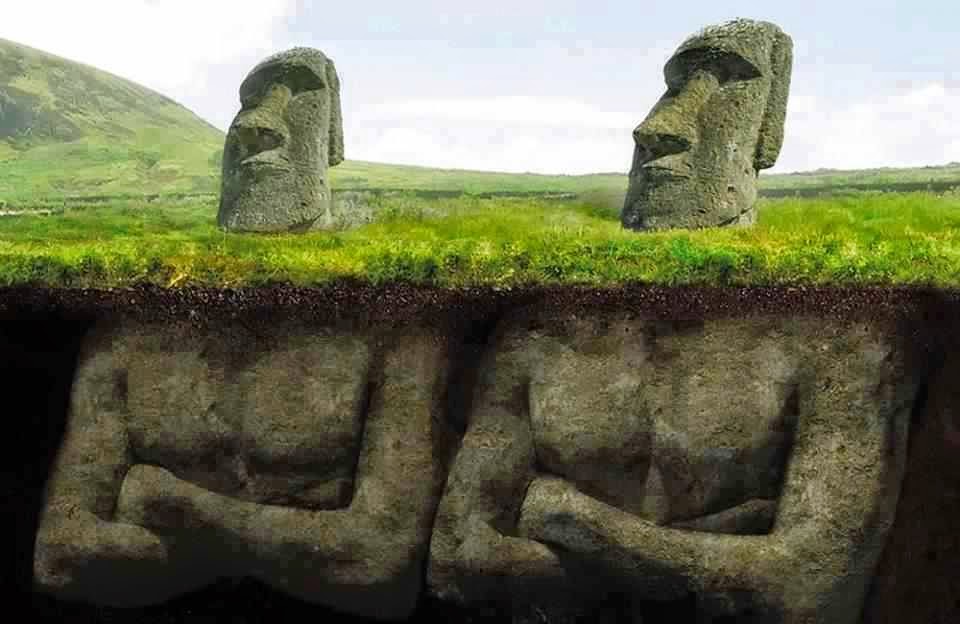
The secrets concealed beneath the Moai statues of Easter Island continue to intrigue and captivate the human imagination. As researchers delve deeper into the mysteries hidden within these stone guardians, humanity draws closer to unraveling the untold tales of this remote island civilization.





